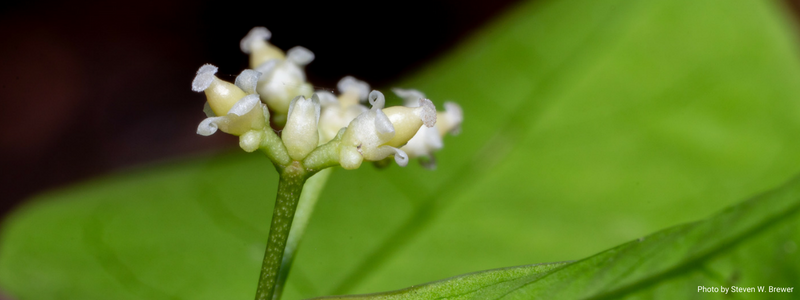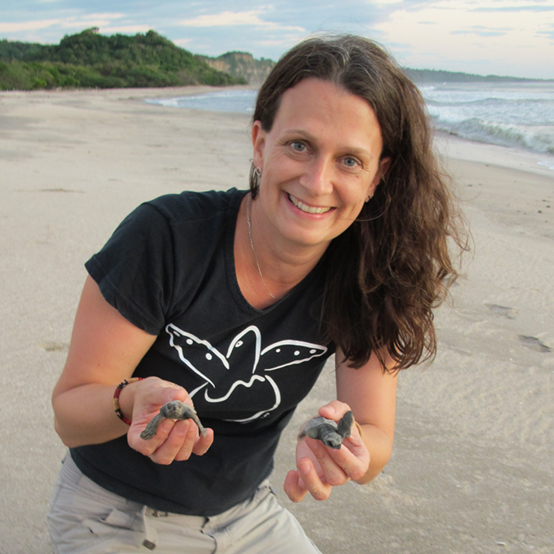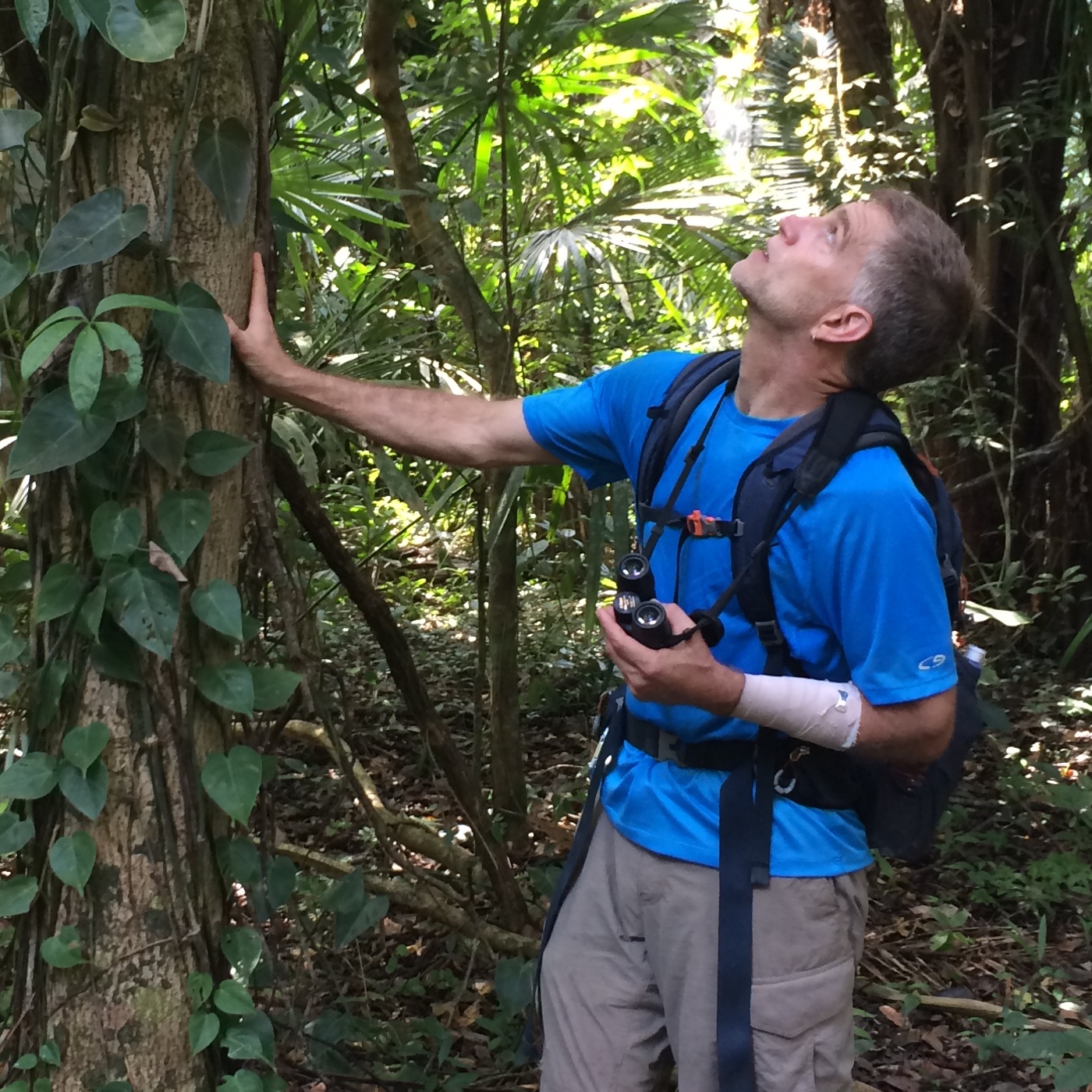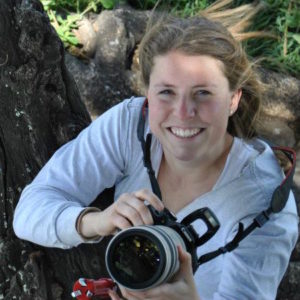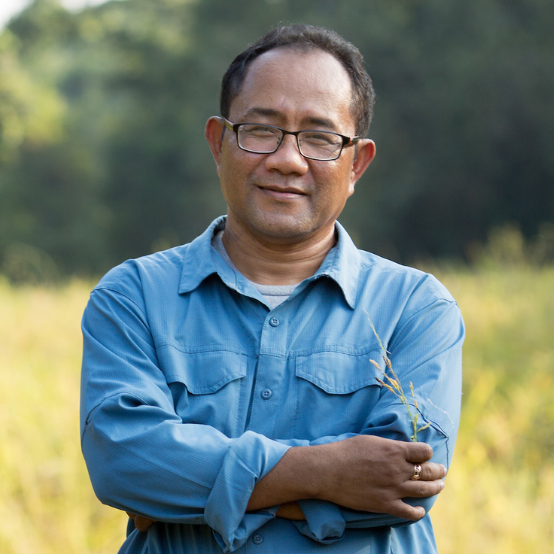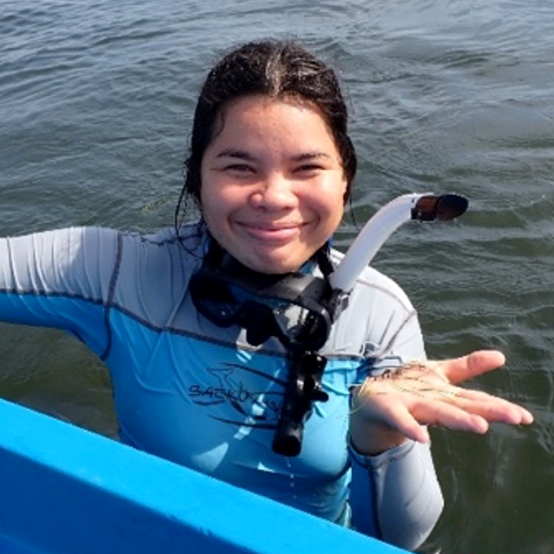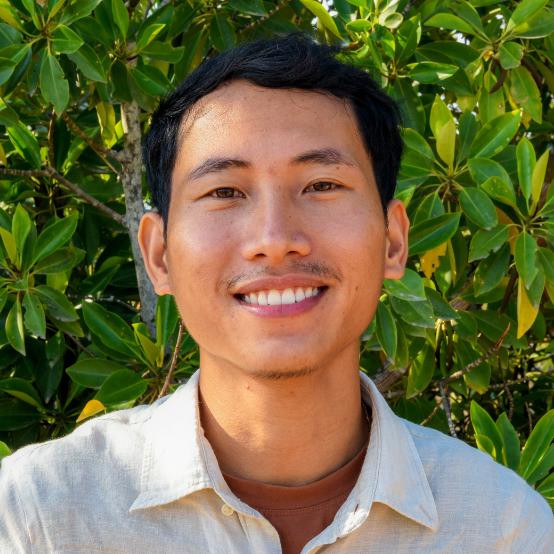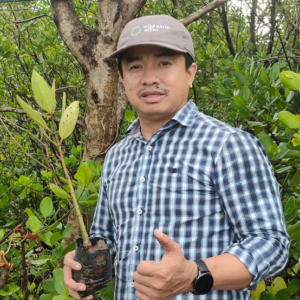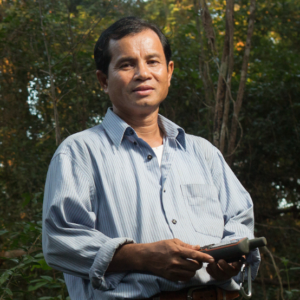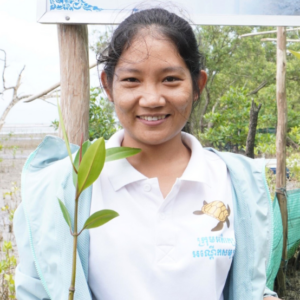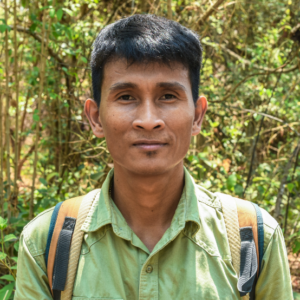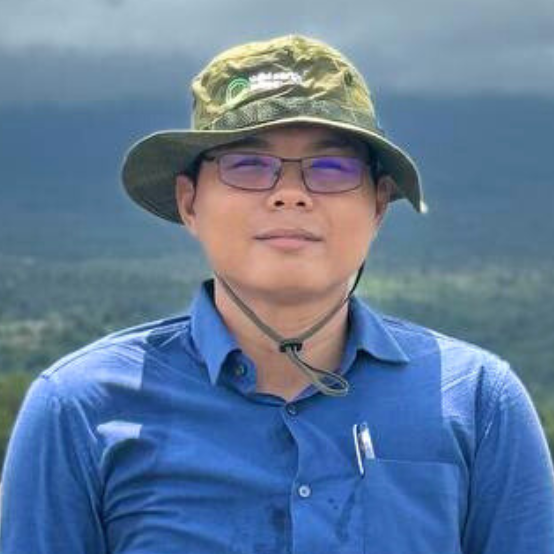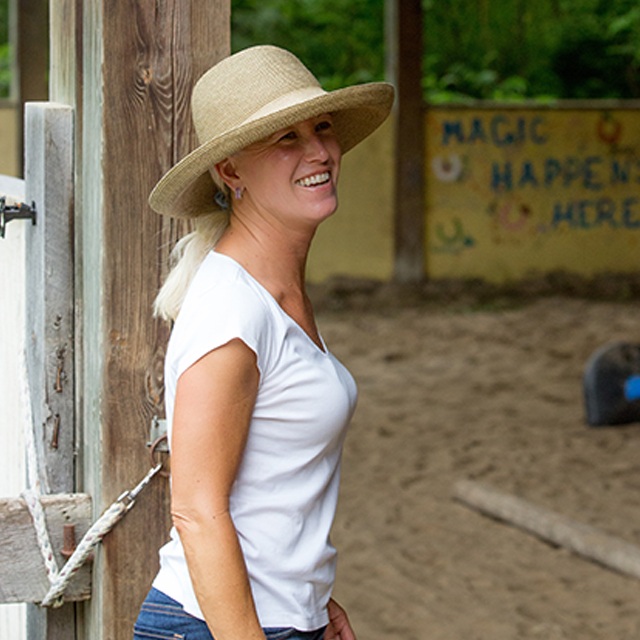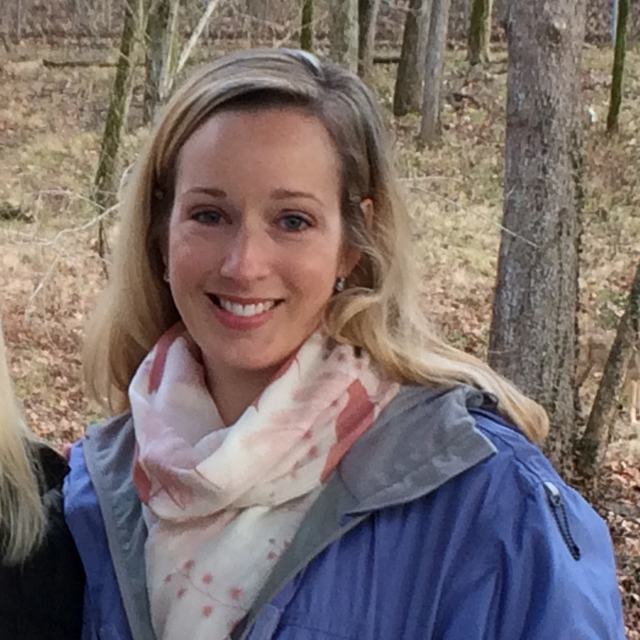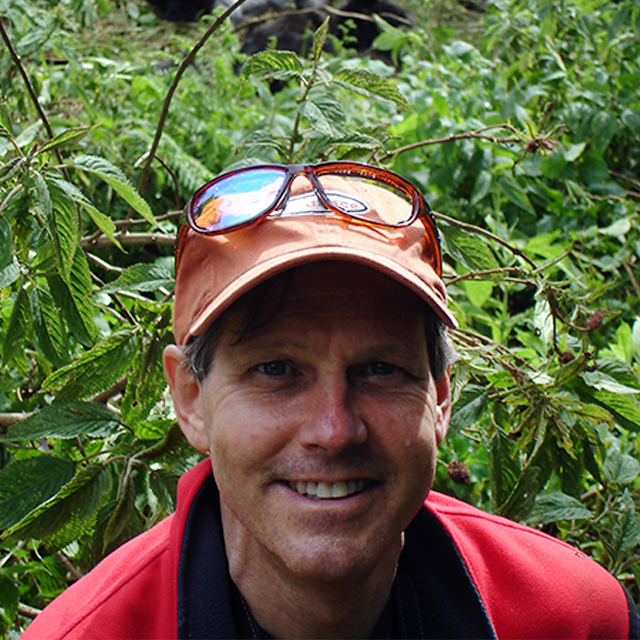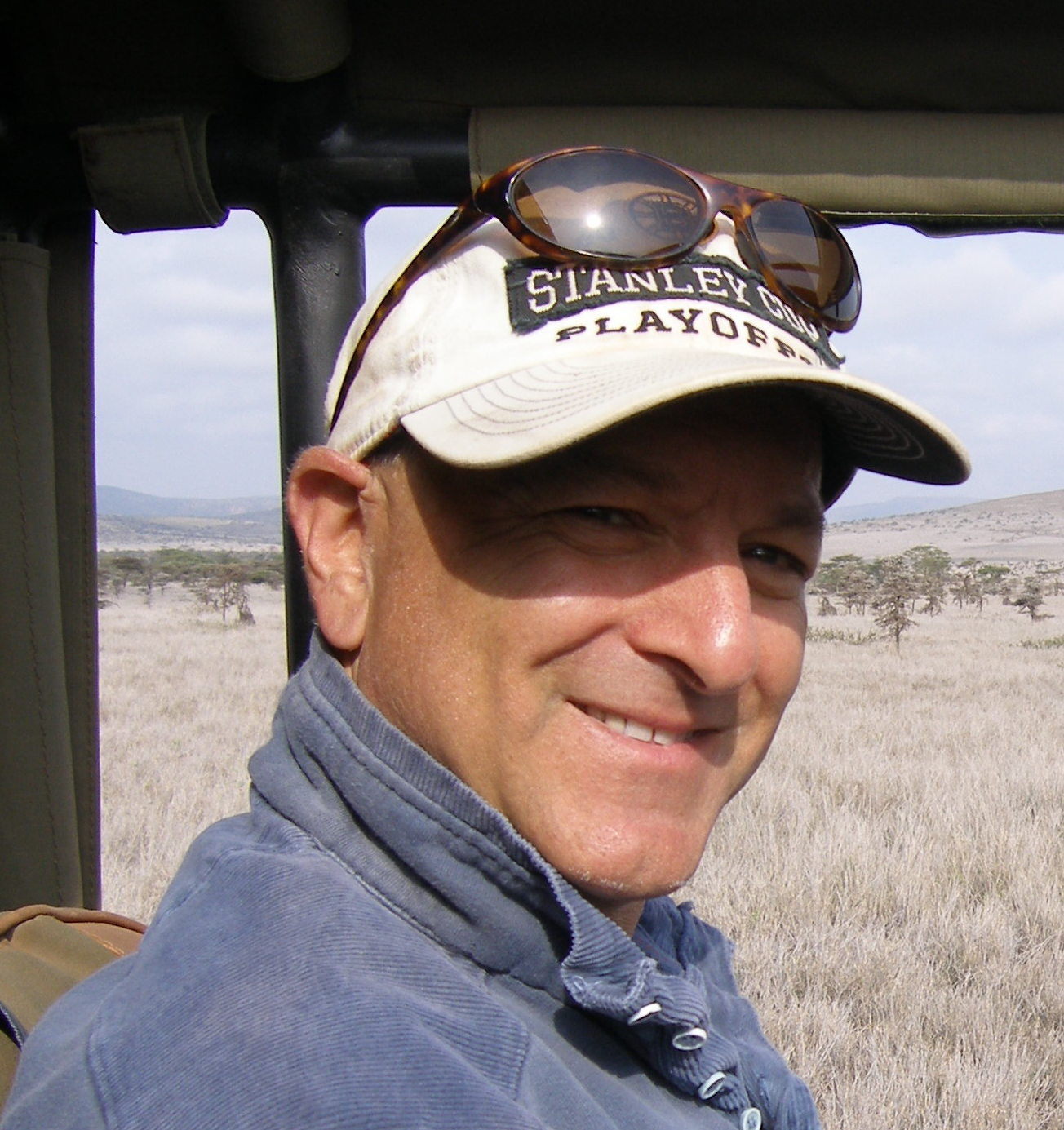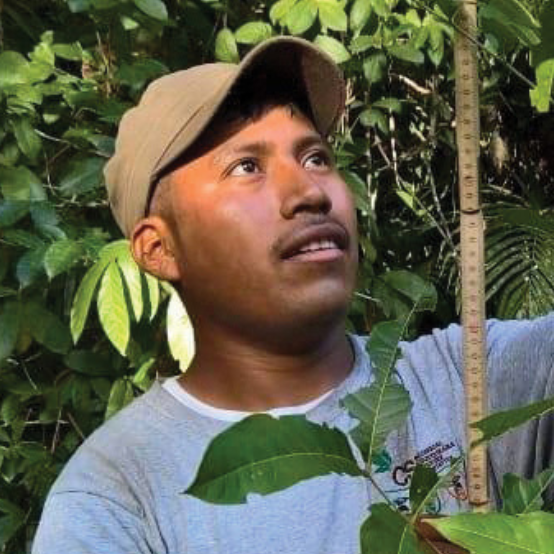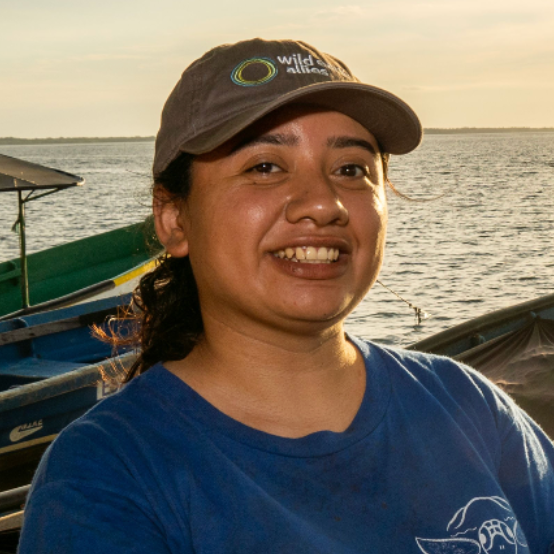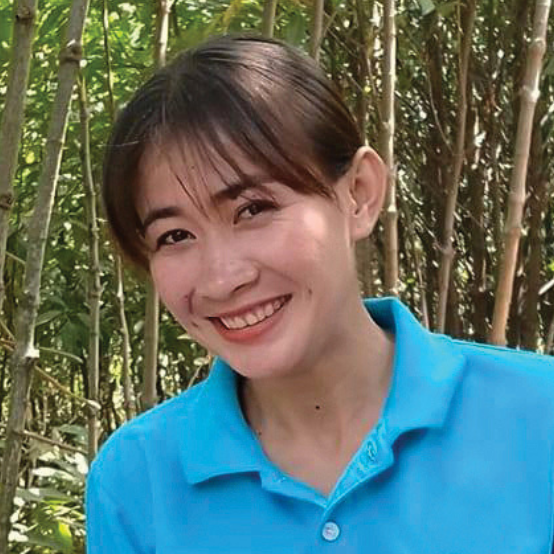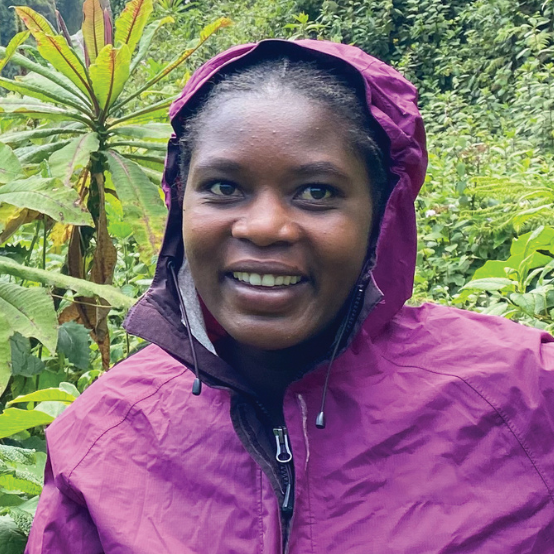Some tree discoveries happen because of the curiosity and astute observations of nonbotanists. In 2015, at Las Cuevas Research Station in the Chiquibul forest of Belize, an unusual trapdoor spider was discovered by arachnologist Dr. Aimée K. Thomas, of Loyola University New Orleans.
She was accompanied by her father Dr. Robert A. (Bob) Thomas, a herpetologist and naturalist (who created the Venomous Snakes of Belize poster), student Michael Pashkevich, now working on his Ph.D. in the Department of Zoology, Cambridge University and Pedro Bol, a guide and manager at Las Cuevas.
The spider was making its home in a tree that the researchers could not identify. Many if not most researchers would have ignored the tree species and focused on the spider. But Bob was persistent in collecting good material for identification. He took photographs and sent them to several botanists, including myself.
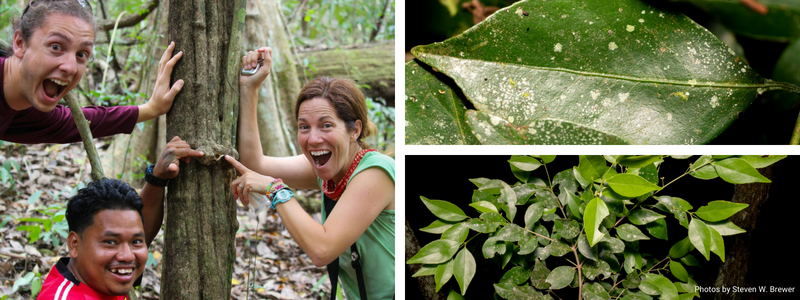
I saw the photos and recognized the tree as a new species record for Belize, Gyminda tonduzii Loes. in the bittersweet family Celastraceae. Many aspects of this tree species are interesting and unique, including location, wood density and even its name.
Gyminda tonduzii inhabits cloud forests at high elevations (mostly >1000m) in Mesoamerica. Its collection at Las Cuevas at c. 620m, in forest that only resembles cloud forest, is unusual, and the species appears to be rare in Belize.
The wood of G. tonduzii, historically used to make fine-toothed combs, has unusually dense wood and grows very slowly. Unknown species of trees with dense wood can be very valuable, becoming targets for extraction once familiar species are overharvested. The process of discovery followed by field identification of trees, population assessment, and monitoring are vital steps in getting ahead of illegal extraction of trees.
The species in Gyminda were originally part of Myginda, a genus named in honor of Francis von Mygind, an 18th-century German botanist. One of the Myginda species, however, was found by botanist, Charles Sargent, founder and former director of Harvard’s Arnold Arboretum, to be so different from all other species in the family that it warranted placement in its own genus. What to do about creating a name for this new genus? Sargent reversed the first three letters of Myginda (perhaps being playful?) to create the new genus name Gyminda.
In 2018, Wild Earth Allies kicked off the Trees of Belize Project, a multi-year effort dedicated to growing and cultivating in-country expertise and interest in botany. Dr. Steven W. Brewer is leading the Trees of Belize project in collaboration with the Environmental Research Institute at the University of Belize.

